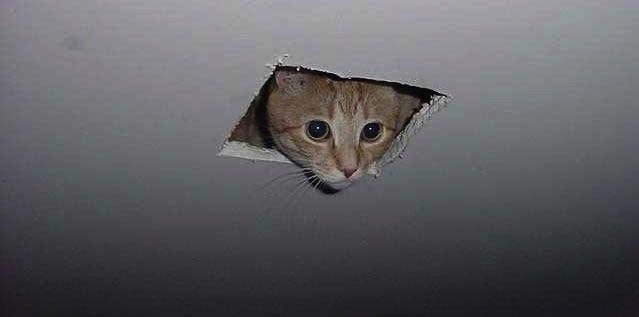An excerpt from Julie Peakman’s The Pleasure’s All Mine: A History of Perverse Sex:
During the twentieth century, voyeurs were sent to psychiatrists for assessment and treatment, but most doctors seemed to consider them harmless (if excessive masturbators). As with exhibitionism, women were even blamed for men’s problems. One contemporary commentator of the 1960s exclaimed: ‘Some men provoke complaints from women; but some women invite such attentions by dressing and undressing with needless publicity.’ During the 1950s and ’60s, voyeurs were thought of as people who hung about parks, beaches and swimming pools hoping to catch a couple having sex or obtain a glimpse of genitalia. Others, known as Peeping Toms, peered through windows under cover of night, lurking in gardens. …
In the twenty-first century, voyeurism is no longer necessarily conducted outside the home but can be quietly indulged in while sitting at a computer.
In the comfort of an easy chair, it is possible to watch adults copulating, overhear schoolgirls chatting with each other about sex, watch women undress, see men urinate or all manner of acts which involve a state of undress – none of it illegal. Housewives have set up webcams to expose themselves and get paid for their services by the minute. Home videos now compete with the higher end of the porn market: teenage girls masturbating, single women having sex with their boyfriends, suburban married couples sharing partners with their neighbours – all are easily accessible to view online.
The concept of voyeurism has therefore been eroded to a large extent, although there are still those who seek their pleasures in a more 3d form. Striptease acts, pole dancing and naked bars all offer full frontal viewing for the price of a couple of pints. The acceptability of voyeurism now comes down to a matter of consent.
